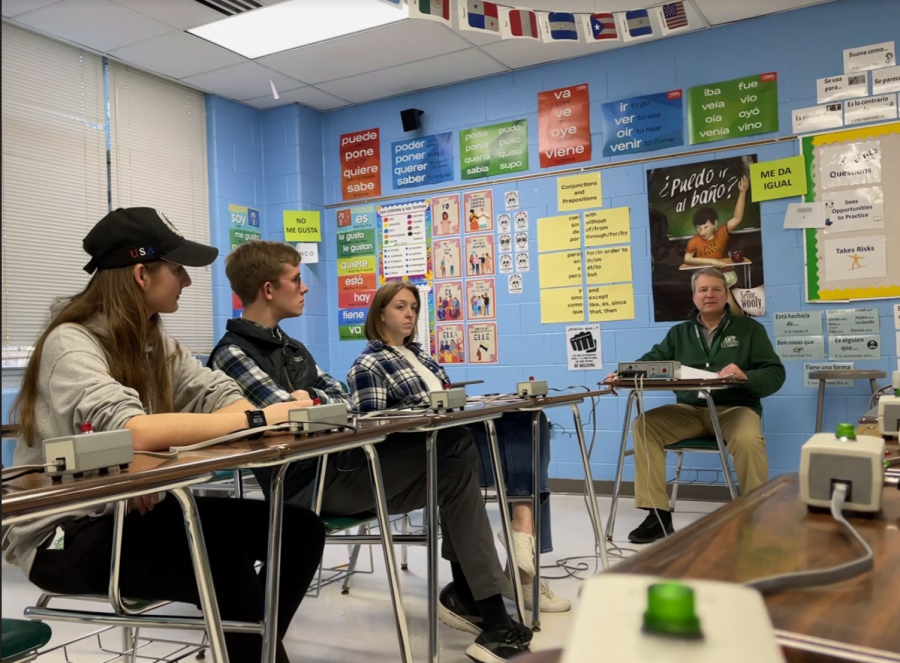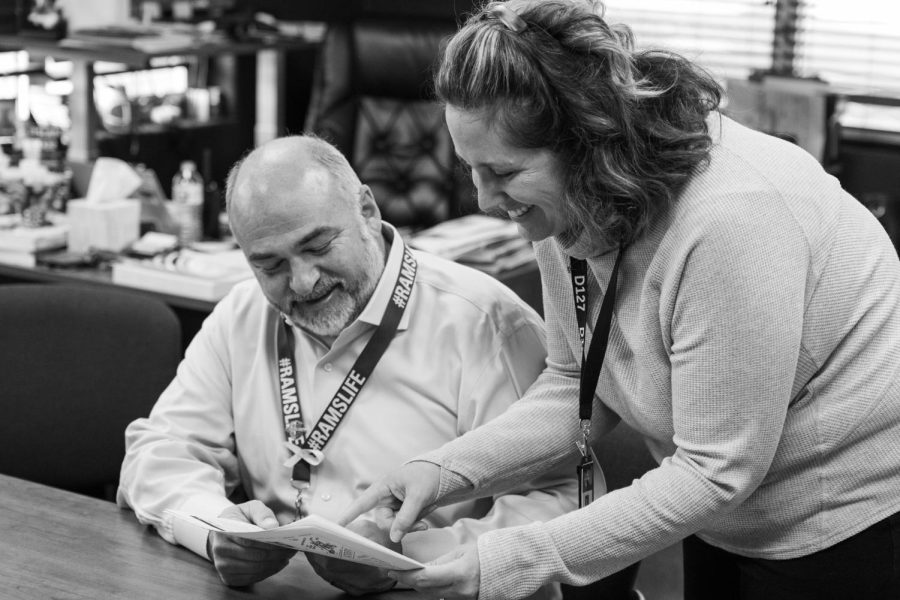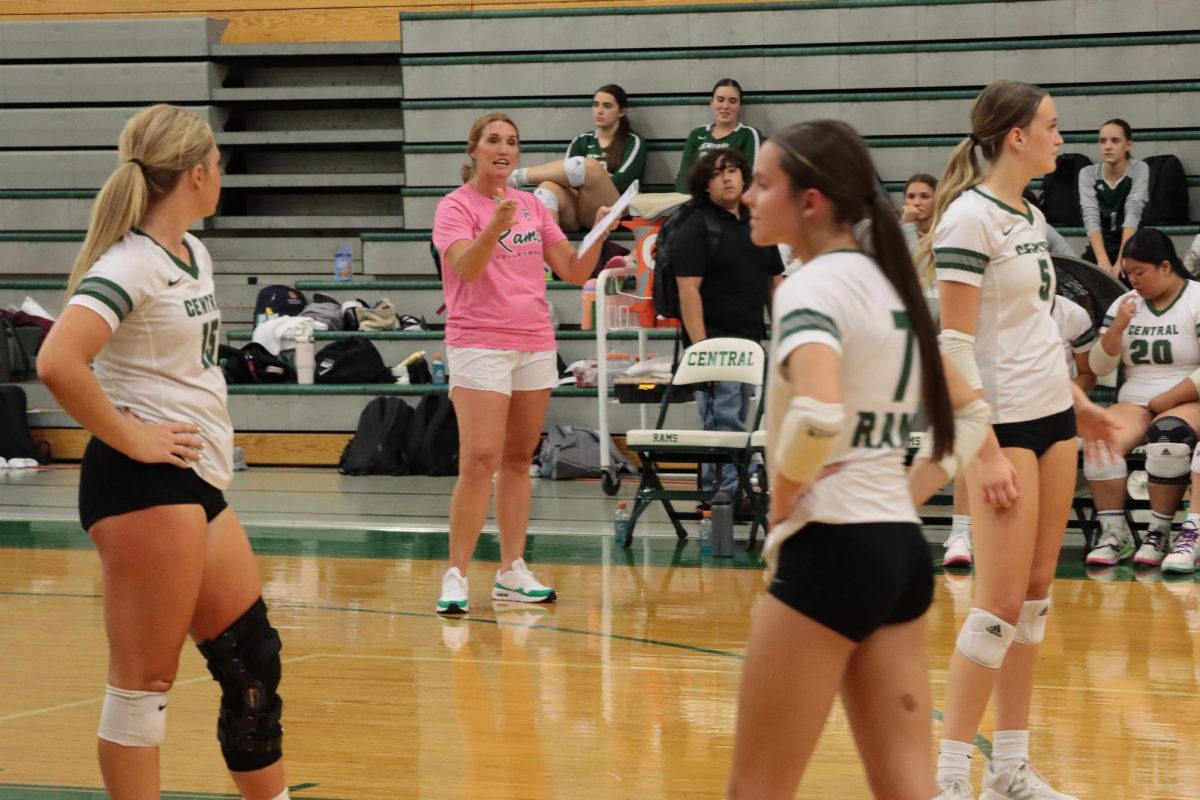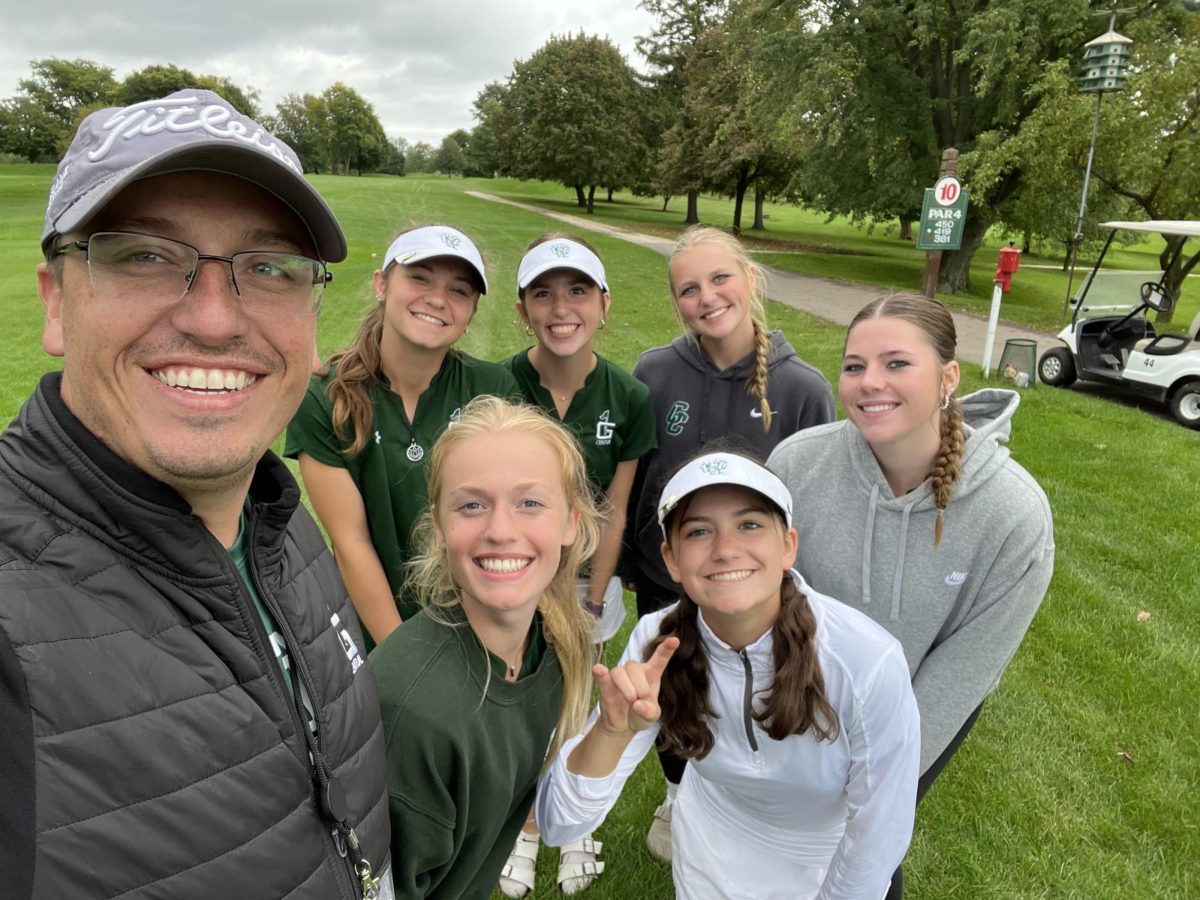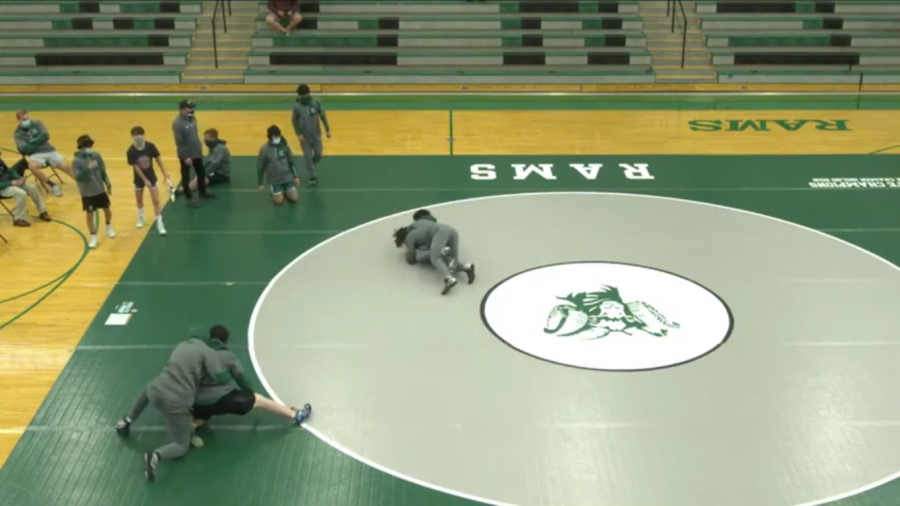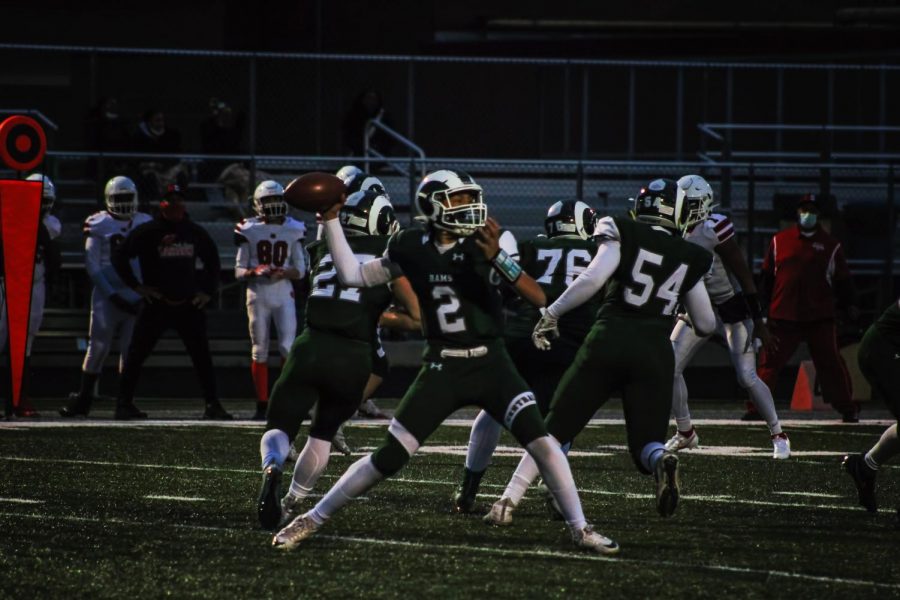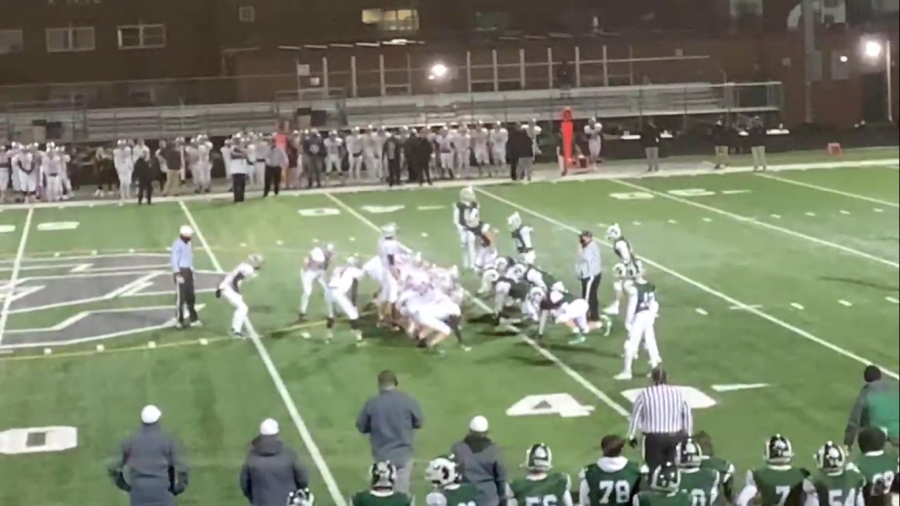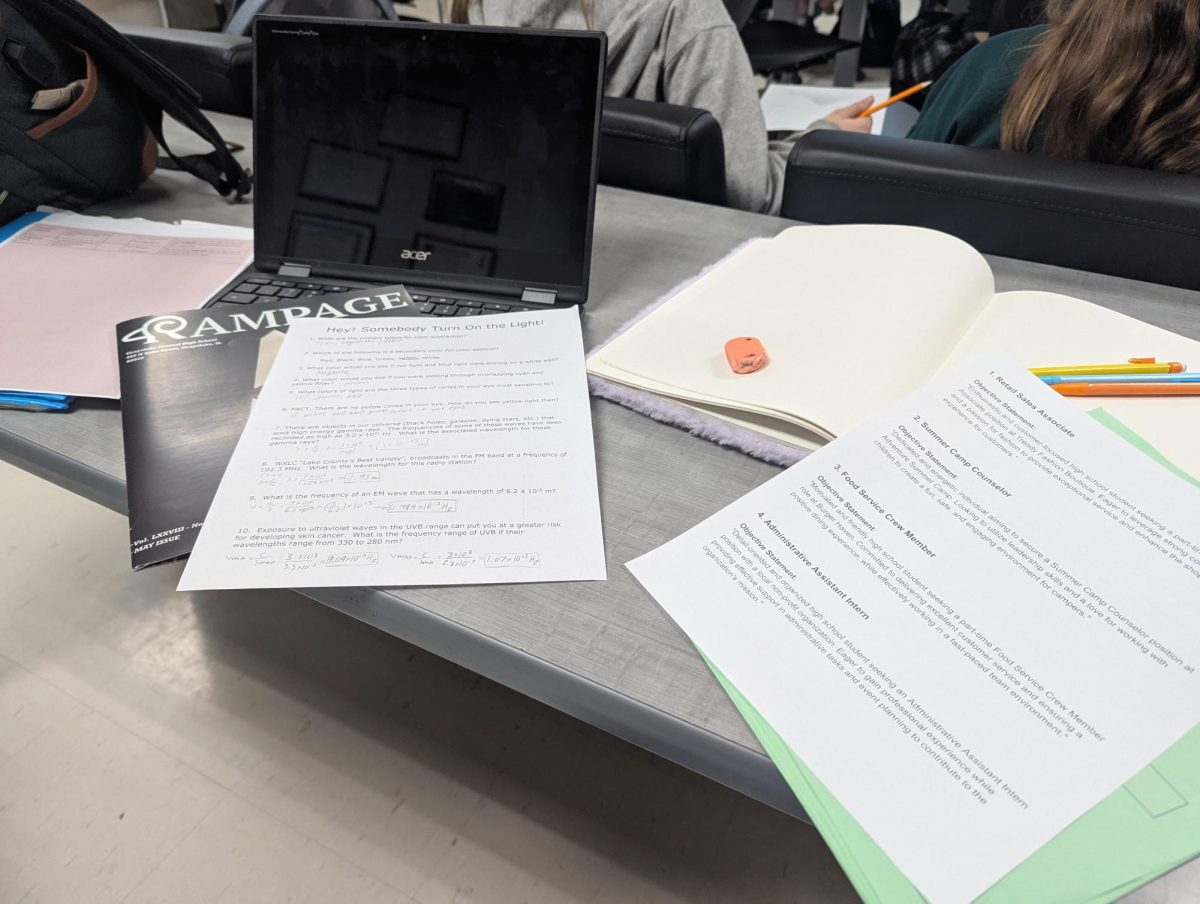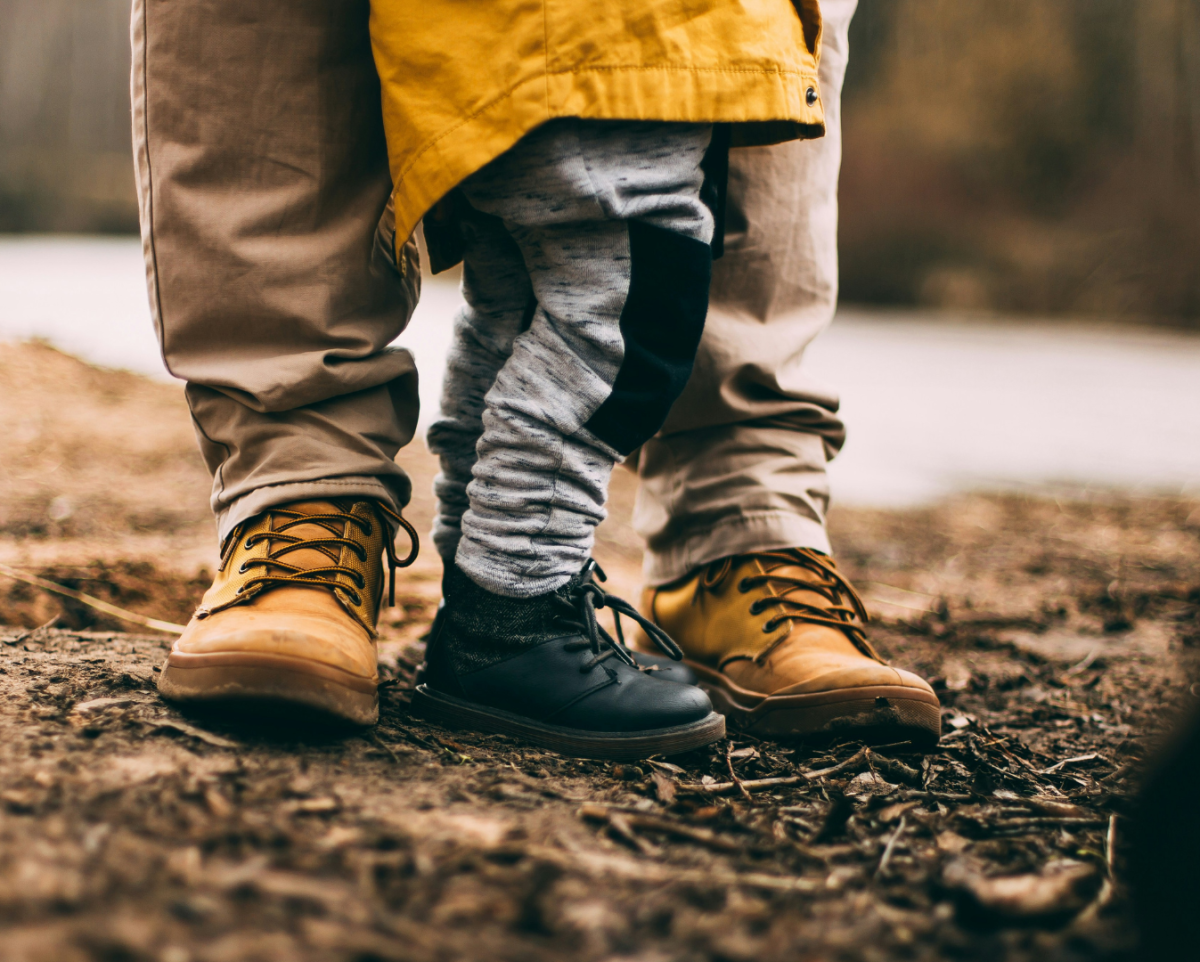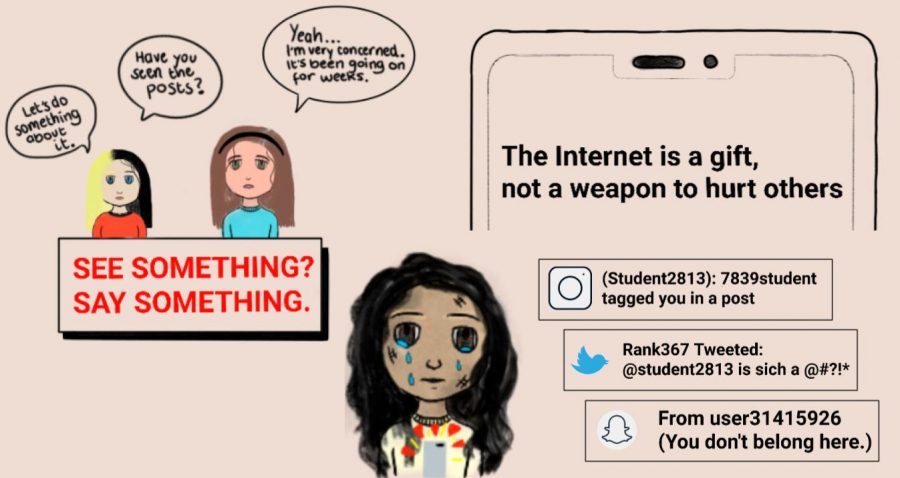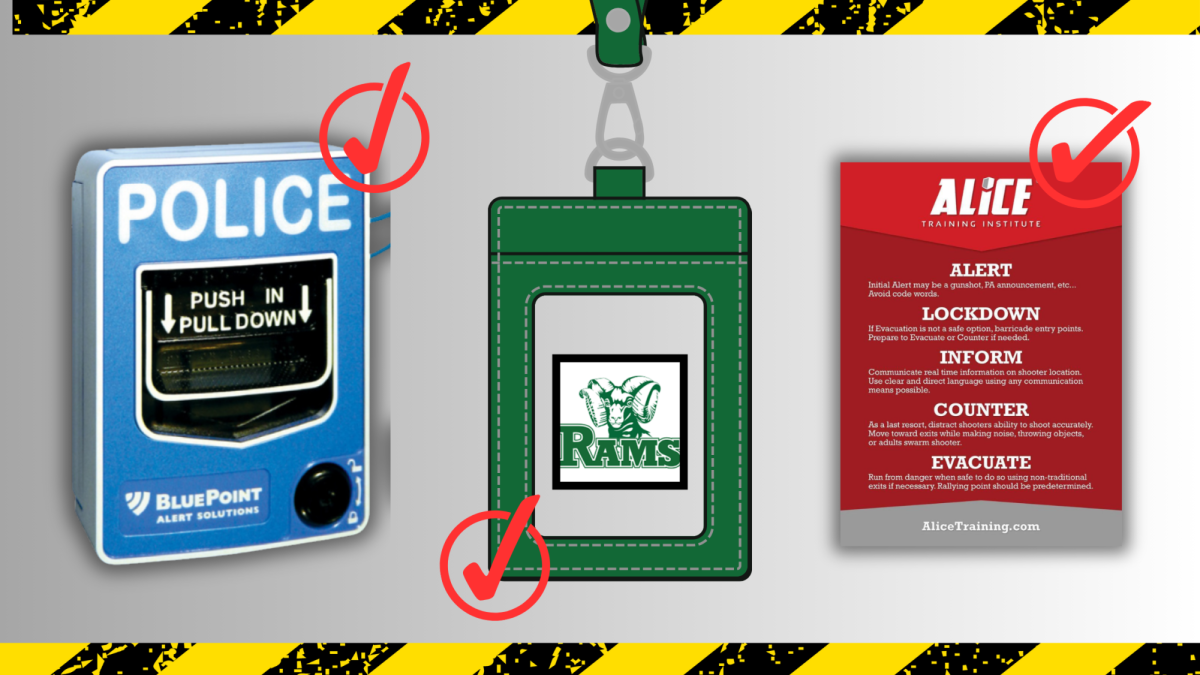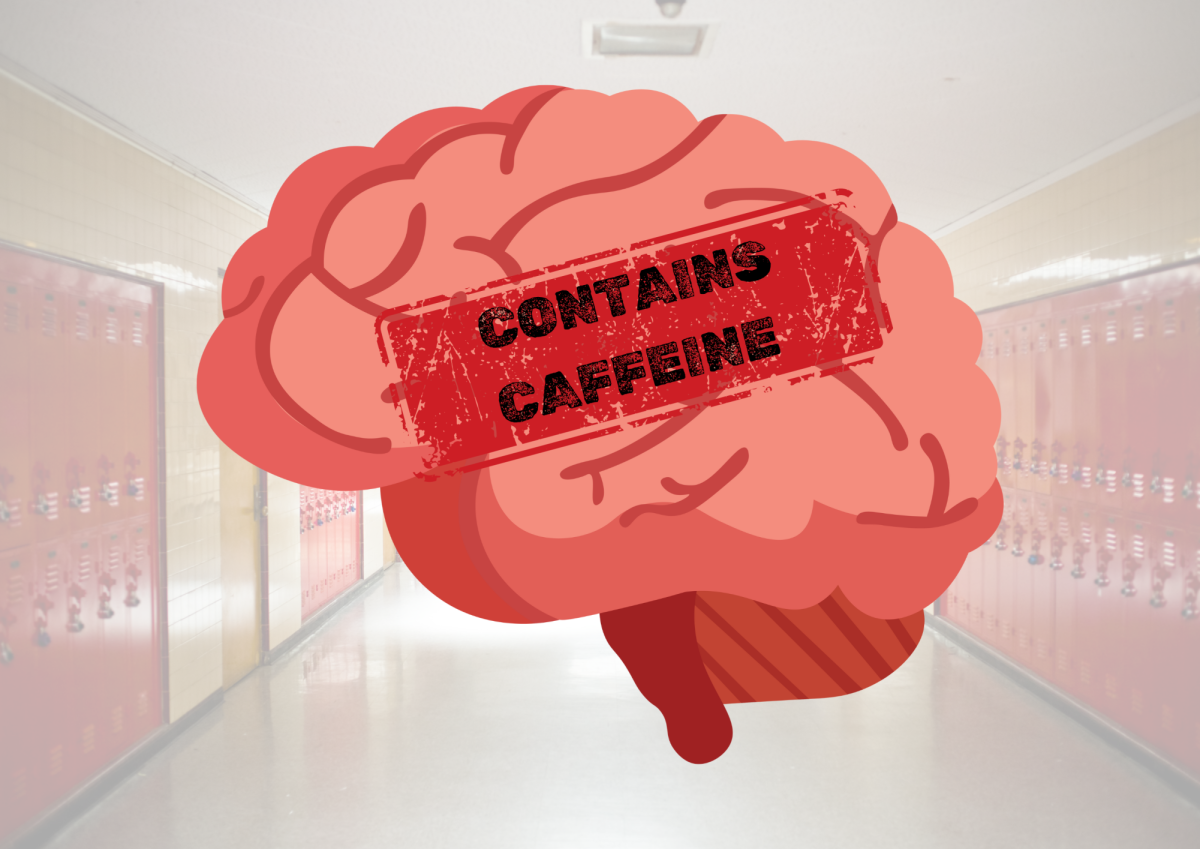At Grayslake Central High School, the safety of students is one of the top priorities of the faculty, teachers and staff. It is very important to the district and administration that students feel safe in their school environment and in its surrounding areas, since school is one of the places that students spend the majority of their day learning, participating in clubs, sports, and activities. Thus, student’s safety in the halls, classrooms, and around the building are all factors that must be considered in creating a comfortable and suitable learning environment for students. GCHS has multiple methods that it uses to ensure that students feel safe on school grounds and are aware of their surroundings. There are many precautions that the school takes to make sure that students are safe from harm; one example being the school identification cards that students wear on their lanyards. “[The IDs] protect us if there was ever danger in the building,” said associate principal Mike Przybylski. He added to this by saying that school ID’s would “help if there was any type of act of violence, where police or other officials are coming in, they would know that [students or staff are] not the bad guys.” While to some students the IDs may seem unnecessary or pointless, or even just a simple nuisance, Przybylski and Student Reseource Officer Cahanin stress how important they are for not only identification purposes but also for quick reactions to possible emergencies. The point of the IDs is that, if there ever was an intruder in the building, or someone inside who was not supposed to be, emergency responders would be able to tell right away who does and doesn’t belong there, because the intruder would have no ID or lanyard. Using this method, a quick response to a possible intruder can be ushered safely and securely, while protecting students. IDs also help in case there was an event like a fire in the building, when classes are forced to temporarily evacuate. If students wear their IDs, teachers can quickly take attendance once safely outside and can ensure that no student was left behind inside the building during possibly dangerous or harmful conditions. This is also the reason why passes to go to the bathroom and exit the class at any point are required; taking note of who is present in the classroom and when students are around the building during class time helps teachers track where their students are at certain times. By using this method, if a student is out in the halls and does not have open campus privileges but does have a classroom pass, hallway monitors and security know that that student got formal permission to exit the classroom. Another way the school ensures safety is through the check-ins and check-outs at the building exits and other areas, such as the one in the library, or LRC. When students leave the building through the fieldhouse doors to use open campus, they are required to scan their ID card at the door so the school knows that they are currently not in the building. Upon re-entry, students must scan their IDs once more, which then notifies the school that that student has returned from being absent. This helps the school keep track of students and where they are, as well as make sure that they are not harmed while outside of the school. By knowing where students are at all times, if there ever was an emergency or dangerous situation, the school would be able to react swiftly and accordingly to assist the student that is in need. Over time, safety precautions that the school takes and practices to ensure security have changed and developed to adapt to a changing school environment. An example of this is the development of A.L.I.C.E. training; the training that students and teachers undergo to be prepared in case an armed and dangerous intruder would be present at the school. While initially, the methods were hard and soft lockdown methods, Przybylski said that, if there was an intruder, “you give yourself a better chance [of safety] by using the A.L.I.C.E. strategies to stay “situationally aware.” In the past, GCHS had “hard and soft lockdown,” procedures which took into account the vicinity and location of a dangerous person. If the person was far, but still close enough that there was a threat of danger, the school would issue a soft lockdown, where students would still be able to work but would be required to do so in silence and possibly move underneath tables. If the dangerous person was in Grayslake village or on school campus grounds, the school would issue a hard lockdown, where students would abandon their work and head to a corner of the room, in which the students and teacher would huddle and make themselves as small as possible. The teacher would also try and cover any windows in the classroom, using paper, furniture, or tapestries. Recently, District 127 officials have decided to enforce a new method of in-school safety education – A.L.I.C.E. A.L.I.C.E. procedures try to have a more clear and comprehensible set of instructions when facing intruders, taking into consideration things like the location of the intruder and the ability of students and staff to respond or react. A.L.I.C.E. helps break down what one can do in case of emergency, encouraging students to stay aware of their surroundings and make a conscious decision on how to act. It encourages communication, attention, and awareness from students and staff alike, so the best chance at safety possible is ensured. SRO Cahanin and Mr. Przybylski both emphasized the importance of situational awareness in emergency situations, saying that understanding and being aware of one’s surroundings is the key to safety and the best chance of survival if there ever was a crisis in the school building. In terms of students taking personal precautions in order to be safe, SRO Cahanin said that “if you’re walking home from a friend’s house, letting a parent or friend know that you’re heading home [helps with safety]. A step further would be to text your friend when you get home, so if the friend doesn’t receive a text, they know to maybe double-check [your location]. It’s all about situational awareness.” SRO Cahanin noted that, in the modern world, it is very easy to get distracted and caught up in what you’re doing. People can’t help but look at their phones and put on headphones when walking home from school, especially if their house isn’t that far away. People often don’t have a second thought about doing such things, but SRO Cahanin has said that this can be dangerous in some cases, saying that it is important to always be aware of one’s surroundings no matter what. One doesn’t have to be hyper-vigilant and on high alert all the time, but looking up from the phone and turning down the volume of the music can make all the difference when it comes to safety and awareness of one’s surroundings. SRO Cahanin also said that power is in numbers; you’re much more likely to have a safe walk home if you’re walking with a friend or sibling. That way, if something does happen, someone will be able to reach authorities in a timely manner. Safety is not always at the top of mind for many people. It’s normal to let your guard down after walking around school grounds so often. But, that doesn’t mean that dangers and risks don’t exist at all. At its core, that is the point of the A.L.I.C.E. program, as well as the rest of the regular precautions and training that teachers and students alike undergo each year. GCHS emphasizes safety and to have a plan in the face of the unexpected. Nobody expects tragedy to happen, but that doesn’t mean that the chance of tragedy occurring is zero. Part of safety is being prepared for the unexpected, and having a plan even if certain situations seem highly unlikely. If you have a plan, if the time ever comes for you to need to use it, you’ll know exactly what to do to stay safe.
Categories:
How Does GCHS Keep Us Safe?
April 16, 2024
0
More to Discover











